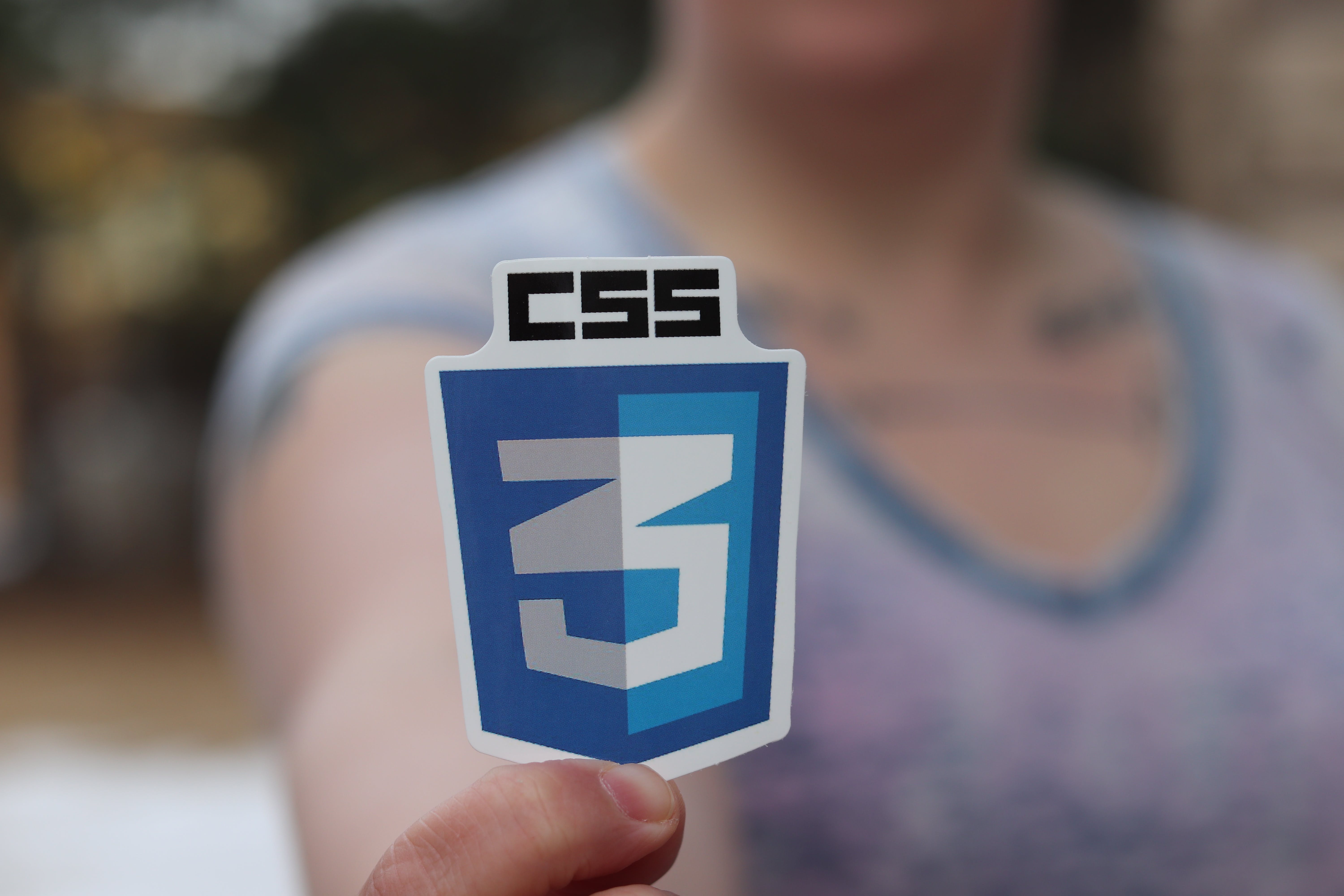What is CSS?
CSS, or Cascading Style Sheets, is another essential component of
web development that works closely with HTML. While HTML defines the
structure and content of a webpage, CSS controls how that content is
presented and styled.
Just like HTML, CSS consists of a series of codes that tell web
browsers how to style and format elements on a webpage. These codes
include properties and values that determine attributes such as
color, size, spacing, and layout.
Each CSS rule is made up of a selector and a declaration block. The
selector identifies the HTML element to be styled, while the
declaration block contains one or more declarations enclosed in
curly braces {}. Each declaration consists of a property (e.g.,
color, font-size) and a value (e.g., red, 16px). CSS allows
developers to create visually appealing and responsive websites by
customizing the appearance and layout of HTML elements. It provides
flexibility and control over design aspects, enabling the creation
of unique and engaging web experiences.
Understanding CSS
CSS, or Cascading Style Sheets, enhances web design alongside HTML. Acting as a stylist, it dictates visual aspects like colors, fonts, and layouts. Through rules and selectors, CSS targets specific HTML elements, applying styles for customization. Its responsive design capabilities ensure adaptability across devices, optimizing user experience. CSS empowers designers to create engaging websites with professional aesthetics. It complements HTML by providing the visual presentation layer, crucial for web development.
